It can be assumed from the name that this chicken breed bears a comb, and that assumption is correct! These chickens are named because of their special combs. Combs are the crests on the top of some chicken breeds’ heads. While bantams are popularly known as a miniature version of a more extensive or regular chicken, rose comb bantams are not on the list.
These chickens are one of those that are distinguished as “true bantams.” In other words, they are not miniature but rather genuine and natural bantams. They are considered one of the oldest bantam breeds and consecutively one of the most popular.
Background and History of Rose Comb Bantams
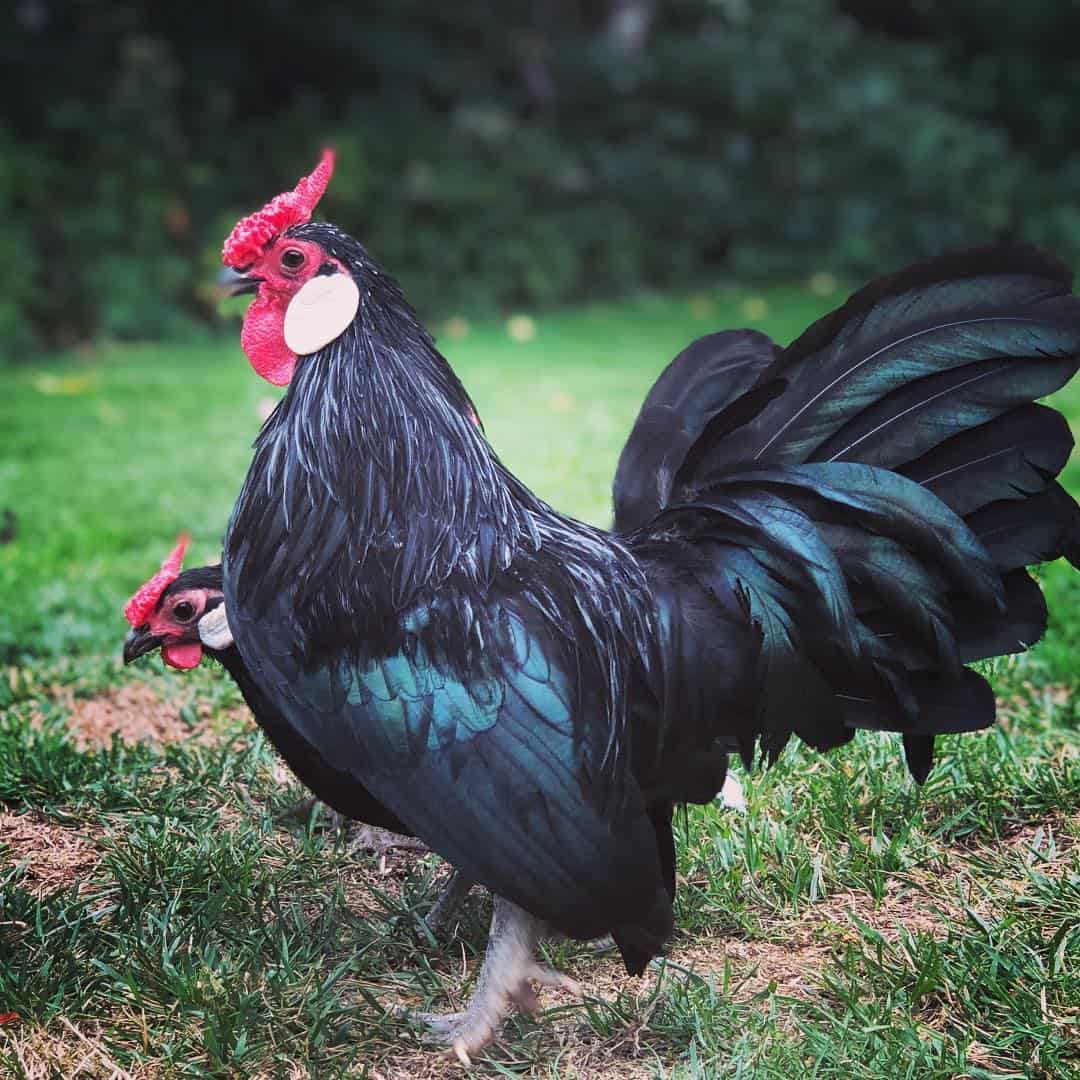
Rose comb bantams are ornamental chickens. They are one of the true bantam breeds all over the world. Meaning they are not developed and are naturally small. Unlike miniaturized and developed bantams, they did not undergo any process influenced by human intervention.
Rose comb bantams are an old breed of bantams that originate from Great Britain during the 14th century, per the records available. This is just the public information about the breed’s intricacies about the species itself is still out for discovery.
This breed started becoming popular when King Richard III began to raise them. From then on, they continued to rise to fame as more people got interested in them. Furthermore, it has been popular among poultry enthusiasts, and its name traveled over places.
Ornamental chickens are typically not the egg makers people from the market expect. They are poor at laying eggs, and this breed is also not suited for meat production. However, they are still kept all over the world for other reasons.
Rose comb Bantams are usually kept because of their unique and distinct appearance. This breed is among the solid flyers and on the strong-looking list for chickens. Their striking combs that glow bright red and their strong build are undeniably some of their priced features.
This breed has many color varieties. There are up to 25 color varieties for this breed, despite the American Poultry Association recognizing only three. Black, blue and white are the recognized color varieties for rose comb bantams. The American Bantam Association recognizes and acknowledges more color varieties, differing from the American Poultry Association.

There are more than three color varieties for this breed, and here are some of the standard color varieties out there.
- Blue
- White
- Black
- Black-breasted red
- Blue red
- Splash
- Brown red
- Brassy black
- Mottled
- Lemon blue
- Red Pyle
- Wheaten
Rose Comb Bantams’ Breed Standard and Appearance
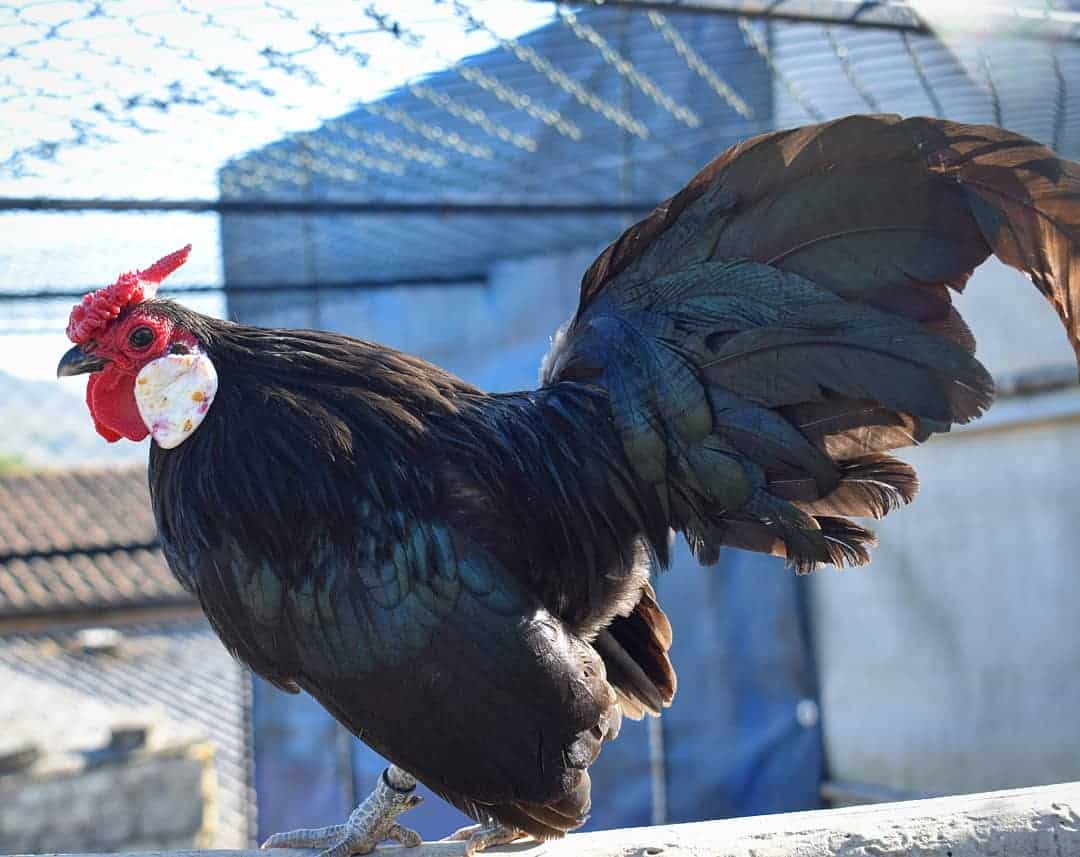
Rose comb bantams have a distinct bright red, and prominent comb sitting firmly above their heads. Depending on the variety, the shade of color can be different within this breed. This breed has a strong body. Their chests are pumped up, exuding confidence in the way they stand and walk around.
Their tails are always in an upright position, extending 40 degrees above the horizontal line of their backs. Their sickle-shaped tails have long feathers but enough not to drag on the ground.
These birds would look very handsome as they pace around the space provided for them. All color varieties of rose comb bantams have a powerful comb just above their heads accompanied by eye-catching earlobes.
Their ears are closely located at the side of their heads. the distinctive size of their flat ears is very noticeable as it looks big for the size of the chicken. The combs and wattles are pretty much very easy to spot as it glows in bright red color.
In detail, their combs usually stand firmly and symmetrically above their heads. Fine points are remarkable as they cover the top spot of the chicken’s comb. In almost all cases, there should be no hollows, and the fine points are distributed fairly.
Their beaks are strong, short, and curved in an average amount, making them look firm and well built. Rosecombs bantams also have their eyes as a striking feature as it is significant in diameter and bold.
Their legs are strong and carry their compact body shape. They are short for some and might be relatively long for male chickens. Nevertheless, their legs are spread apart in balance. They have enough space apart in parallel to each other. A male rose comb bantam can have slightly different sizes of these features from the female ones.
Rose Comb Bantams’ Personality and Temperament

Their already strong appearance gives off the robust personality of these birds. They are usually very friendly and easy to take care of, though sometimes roosters can be aggressive. They can have very strong personalities that typically outweigh their size. To be honest, it’s fascinating how their big attitudes fit in their small builds.
Rose comb bantams are recognized to be friendlier than the other breeds. They are very much suitable as pets because of their inherent warmth and friendliness. Rose comb Bantams are good flyers, but they are not inclined to be broody. They may even be vulnerable to poor fertility.
As chicks, this breed can have a hard time or slow pace in the maturing process. In some cases, they are the type to need special care and extra attention. As adults, rose comb bantams handle any climate well. They are adaptable about where they stay even though they are good fliers.
Their flexibility also allows them to live exemplary lives in confinement. In other words, whether they are to remain outdoors or if you want to keep them inside cages or chicken houses, they would be okay with either of the mentioned situations. However, it’s important to note their need for exercise to avoid health issues.
Although they are the type to withstand various climates, there are still times when they are most vulnerable and require special attention. These times include cold weather like winter because their combs are susceptible to frostbites.
All in all, these birds are exciting and very much fun to be with. If you are the type that is fascinated with bantams and smaller breeds of chickens, perhaps you would want to raise rose comb bantams. They consume half the average food larger breeds take in, and their smaller size also allows them to occupy less space. These conditions are perfectly convenient for small hobby farms.
Rose Comb Bantams’ Egg Laying

Rose comb bantam hens are not very famous as egg layers. They are interesting chickens but laying eggs is not one of the things they are famous for. They usually only lay one egg per week. Thus, proving the fact that they are not bred for their ability to lay eggs. These birds are traditionally developed and raised for their appearance and developed for their beauty.
If some of your rose comb bantams ever happen to lay eggs, it’s essential to take extra good care of them. This breed is prone to hatchability issues, and their eggs’ health may deplete as they near their hatching time in the incubator.
One of the causes of hatchability issues can be the humidity inside the incubator. The dampness inside the space should be taken care of. This is what it means to take extra measures in the process of taking care of their unhatched eggs.
Because of the vulnerability of their fertility and their broodiness levels being low, the hatch rate for rose comb bantam breeds is pretty much on the low level. Indeed, they are good pets; however, they cannot provide you with as much marketable produce as other breeds that fall in the ‘good egg layers’ group.
Rose Comb Bantams Health Issues and Care
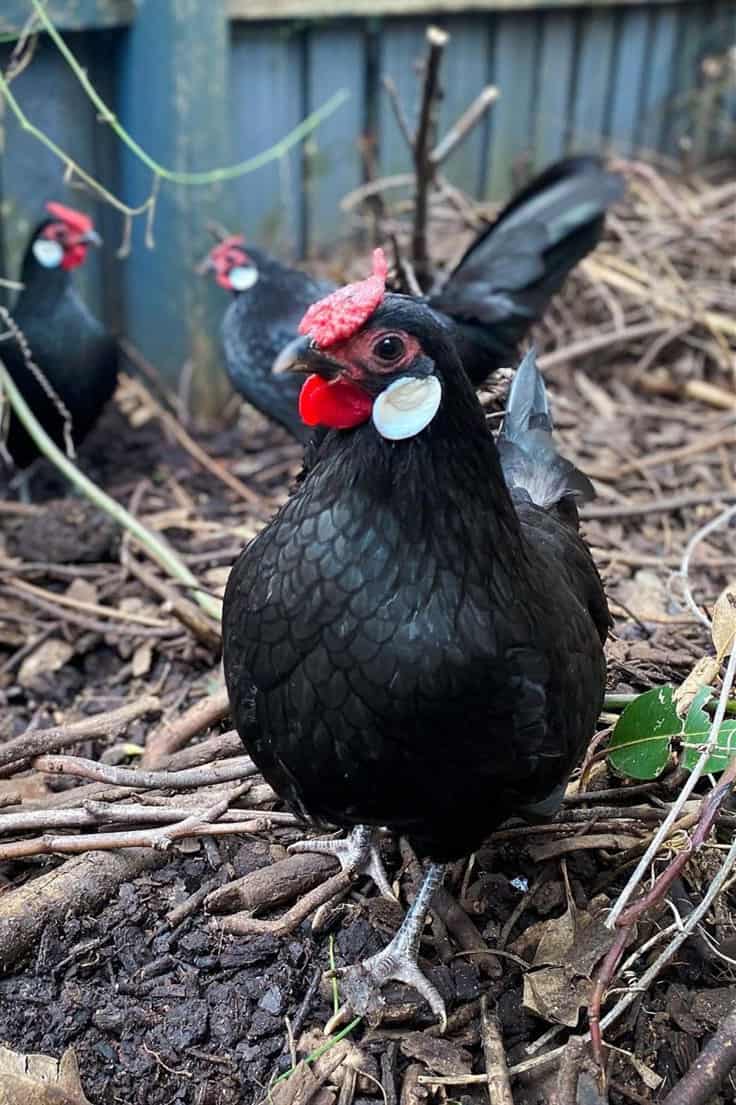
In caring for animals, it’s important to note things that can be harmful to them. This can include many things, but the main thought is that you know the dangerous things, understand and do your best to keep your flock safe.
Rose comb bantams, like any other animals, can be susceptible and exposed to harmful things that can affect them severely and even cause their death. Health issues can arise because of concepts such as cleanliness, feeding, and many more.
Overfeeding
At first glance, people would think it’s impossible to ‘overfeed’ a chicken. Well, it turns out it is very much possible, and the dangers it causes are very much real to your flock too. This is mainly possible for chickens in confinement.
This is caused by overeating without the ability and the space to exercise. Most chickens usually have their exercise while searching for food, but chickens in confinement cannot do that. It would be helpful to allow them to exercise and get them moving outside of their confinement zone.
Chicken diseases like Infectious coryza
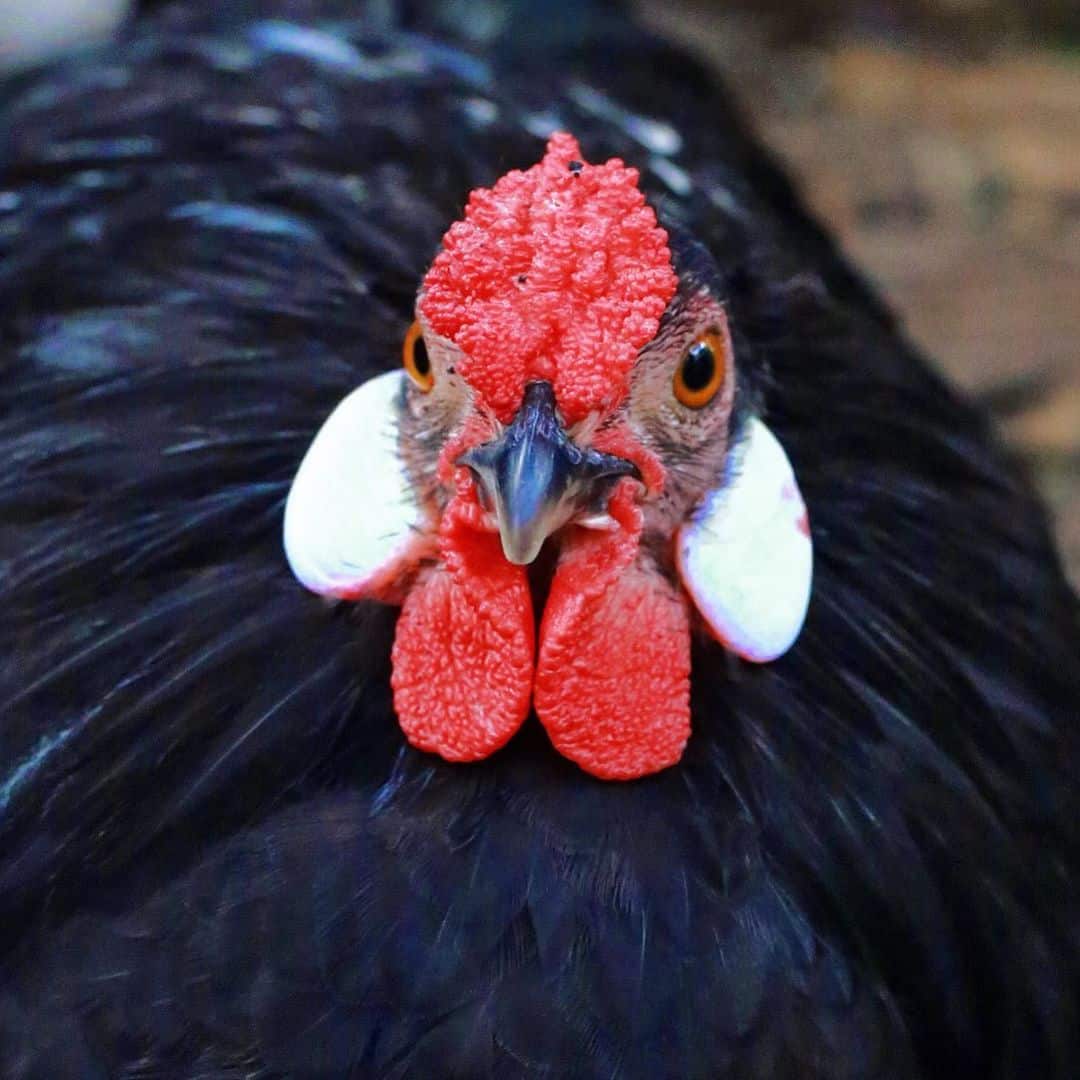
One of the most common threats is what used to be the pip and is now known as infectious coryza. The older your chickens are, the more they are vulnerable to this infection. This disease majorly affects the alimentary canal, affecting the digestion process for your chicken. This harmful thing is usually spotted as a thickening of the bird’s tongue and palate.
Slowly they cause difficulty in breathing and then progress into noticeable gasps as they choke on the swelling. Some of the symptoms of this infection are the inability to eat, ruffled feathers, pining, and slowly dying.
In taking care of this infection, you would need to take infected chickens to a warm place. The next step is to provide it with clean water. For food, provide the following ingredients: bread and milk, chopped fresh vegetables, boiled potatoes mixed with oatmeal. Blend these ingredients together and serve to the affected chickens.
2 Main Tips for Raising Rose Comb Bantams
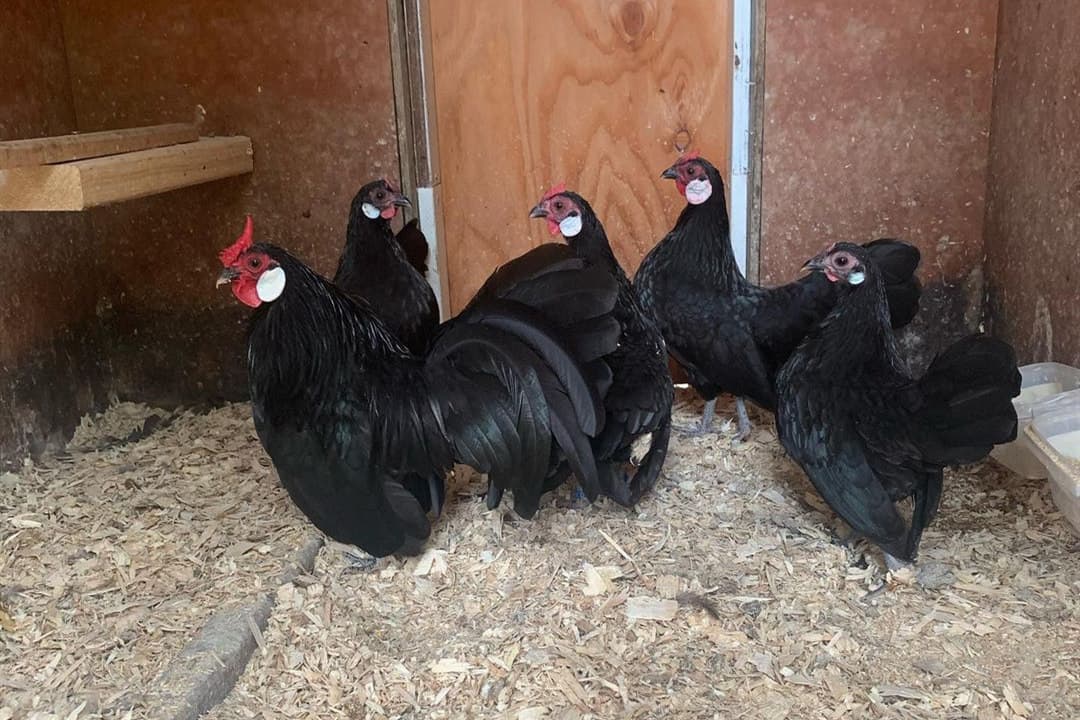
Adult rose comb bantams are very adaptable and robust. In all their display of strengths, they need good taking care of too.
Shelter and Housing
Rose comb bantams are usually low maintenance and can take care of themselves most of the time. They are perfect as backyard pets because of their small size, and they even clean up weeds and food scraps on the ground. Whether you want them roaming freely around a whole space or have a designated place for them to stay, you would need to exert effort in establishing these places.
These creatures are strong fliers, so it is necessary to provide them with proper space to exercise and run around. However, it’s still important to establish boundaries to avoid predators from getting the best of them.
Chicken Diet
Raising chickens can’t just be letting them keep scratching and pecking the ground for food. Providing them with clean necessities is also a must and quite one of the crucial care processes for these chickens. You can slowly introduce something new to their previous diet after the first few weeks.
You can always add vegetables to their diet! Yes, they need the nutrition and health benefits found in leafy green vegetables too. You can add some chopped spinach, lettuce, turnip greens, and other similar greens. After six weeks, they can enjoy boiled veggie scraps.
Water is another vital thing to note. Chickens are easily in danger of dehydration. Thus, water should always be available. It should be placed into hanging water dispensers to avoid dirt from quickly contaminating the water. Chickens also require clean food and water.
Feeding your chickens well gives a lot of advantages and helps them on their egg-laying journey. Furthermore, rose comb bantams that are well-fed can live more healthily and enjoy their lives to the fullest.
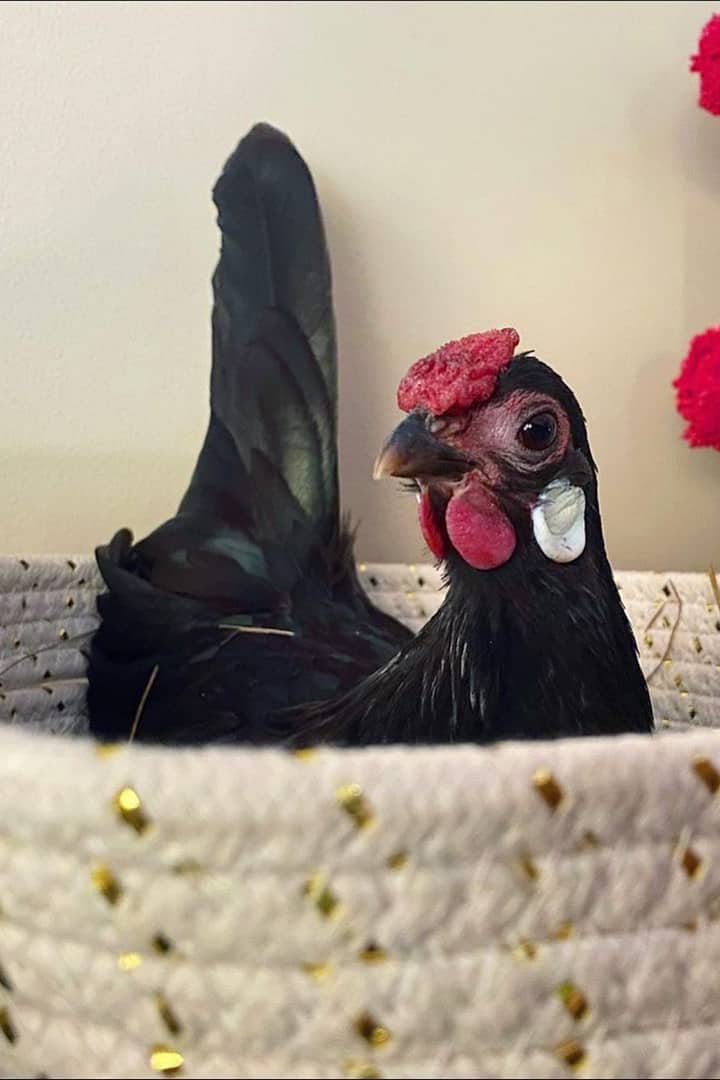
Summary
Rose comb bantams are a pure breed of bantams dating as early as the 14th century. They are one of the “true” bantams, which means they are naturally small and are not influenced by human intervention altering their size. Another thing is that they do not have a regular-sized counterpart, as is true for other breeds of bantams.
They stand in the middle of being hardy and easy to raise. Of course, they require care and attention. They are not the strongest chickens when young. This breed is often kept because of its appearance.
One of the prominent features of rose comb bantams as a breed is their interesting color variations that reach up to 25 color variations. They are not for the egg-laying business or the meat production side.
Rose comb bantams are valued for their unique appearance, including their special bright red combs that steals everyone’s gaze away! They are one of the oldest breeds existing, and that is also why their value is emphasized.
As smaller breeds, they save space and are easier to handle, especially on a small poultry farm or backyard space. All in all, these birds are fun chickens to have around roaming around the areas provided for.


Joseph Hudson has been raising chickens for over 15 years. In 2018, he completed the Agriculture & Natural Resources program at Mt. San Antonio College. He currently raises over 1400 chickens on his 7.5-hectare farm. He keeps sharing his experience on raising healthy and happy chickens on Chicken Scratch The Foundry.








Hello,
Back in the early to mid 80’s, I had received a few Rose Comb Black Bantams from a Friend whose dad picked up a pair at a show. But these birds laid Green or Blue eggs, like easter eggers but without the “cheek” feathers or ear feathers! Have you seen or heard of birds like this? I have searched for many years now with no luck. Thanks
Hi Paul,
Oh, what a delightful memory! Rose Comb Bantams are indeed charming birds.
While I’m familiar with many chicken breeds and their characteristics, the exact combination you describe — a Rose Comb Bantam that lays green or blue eggs without the cheek and ear feathers — is quite rare in my knowledge. However, I’ve come across some bantams with rose combs that have laid tinted eggs, although not as vibrant as the easter eggers. It’s entirely possible that the birds you had were a special mix or a less common variety.
Chicken genetics can be full of surprises, and when different breeds intermingle, the resulting offspring can display a broad range of characteristics. Your friend’s dad might have chanced upon a unique mix at that show!
I can imagine how such a distinct trait would pique one’s interest for years. I’d recommend connecting with specialist poultry breeders or visiting some poultry shows. You might just stumble upon someone who’s familiar with or has seen a similar bird.
Best of luck in your search, and thank you for sharing such a fascinating tidbit from the past!
Warm regards,